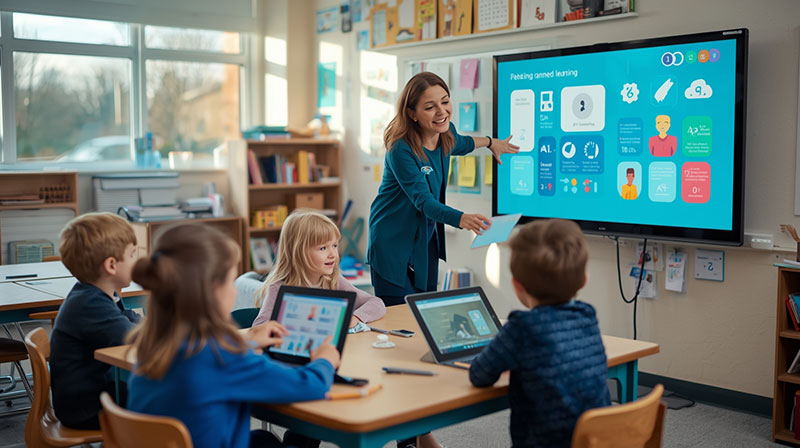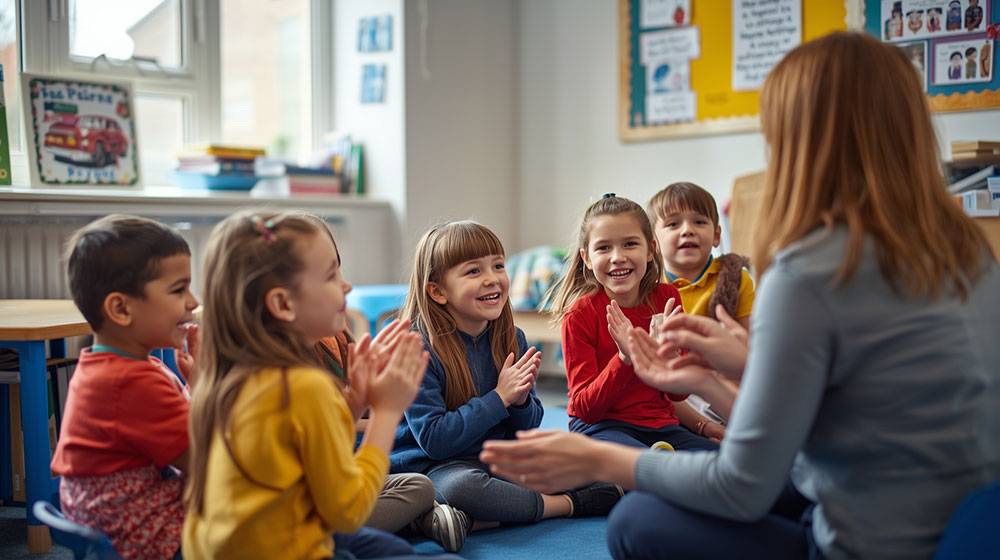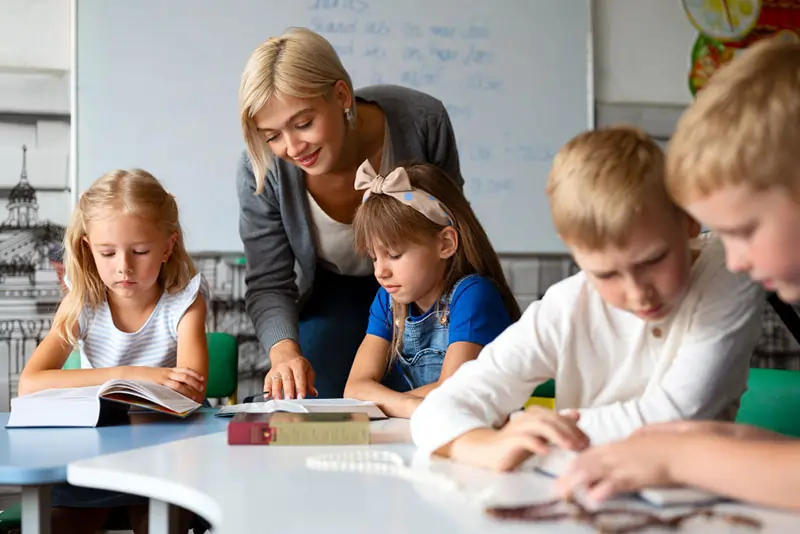How AI Is Changing Education for Kids
AI, or artificial intelligence, is slowly becoming one of the most important things that shape how kids learn and grow. Things that used to sound like science fiction are now part of school, homework help, and even playtime.
AI tools are changing how kids learn new things, come up with new ideas, and solve problems. But how is it changing education, and what does that mean for parents and teachers?
The AI Boom and Its Impact on Learning
AI is not just for tech experts anymore. It’s in our phones, homes, and schools. According to Fantasy AI, generative AI app downloads hit 1.7 billion in the first half of 2025, up from 1 billion in the second half of 2024.
That huge growth shows how quickly this technology is becoming a part of daily life. Kids are using AI to learn new languages, get help with their homework, or come up with creative ideas. These tools can make learning more personal and fun if you know how to use them.
Personalized Learning for Every Child
Every child learns in a different way. Some people need more time, while others are quick to move on. AI can look at how a student interacts with lessons and change the level of difficulty to match their speed.
Reading apps now suggest stories based on how well a child is doing, for instance. Math programs can find areas where you need more practice and give you more of it. This kind of personalization keeps kids interested and makes them feel good about themselves.
Homework Help and Smart Tutoring
AI tutoring tools are a big help for parents who are busy. Kids can ask questions and get clear, simple answers. These virtual assistants never get tired or angry.
But kids shouldn’t depend on AI all the time. Parents should talk about the answers AI gives, ask their child what they learned, and make sure they understand why. Real learning happens when you think about things and are curious.
Encouraging Creativity and Imagination
AI is also making it easier for people to be creative. Kids can now use AI tools to write stories, make songs, or make art. These activities teach kids new ways to express themselves while also teaching them digital skills.
When a kid tells an AI to make up a story about a nice robot, they are learning how to think, picture things, and give clear directions. This kind of interaction helps you learn how to talk to people and solve problems, which will be useful later on.
Learning Languages and Exploring Cultures
AI makes learning a language easier than ever. Kids can practice their pronunciation and learn new words with translation and voice-recognition apps. They can even talk to each other in a different language to feel better about themselves.
This exposure to other cultures around the world helps kids understand them better and get ready for a world where communication skills are very important.
Benefits of AI in Education
- Lessons that are tailored to each child’s speed.
- More participation through games and activities that are fun.
- Easier access to good schools, especially for students who live far away.
- Feedback right away that helps kids fix their mistakes right away.
- Help teachers by automating everyday tasks.
Challenges to Keep in Mind
AI, like any new technology, has its own problems.
- Time spent on screens: Too much can make it hard to focus and be active.
- Privacy: AI tools gather information that needs to be kept safe.
- Bias: Algorithms can sometimes give wrong or biased information.
- Dependence: Kids shouldn’t rely on AI too much.
Helping Kids Use AI Responsibly
Parents and teachers are very important in helping kids learn how to use AI.
- Pick apps that you can trust. Use only educational tools that have good reviews.
- Make plans. Make sure that AI is helping you reach your learning goals.
- Stay involved. Talk about what the child is learning and ask questions.
- Teach people how to think critically. Tell kids to check the facts that AI gives them.
- Find a balance between technology and real life. Use books, games, and family conversations to supplement your online learning.
What the Future Holds
AI is still being worked on, but it has a lot of potential in education. It might work with virtual and augmented reality in the future to make classrooms that are more real. Think about how cool it would be to learn about space while “walking” on Mars in a simulation guided by AI.
Teachers will always be important, but their jobs will change. Instead of grading, they will spend more time mentoring, encouraging creativity, and helping students understand what AI makes.
Final Thoughts
AI is not taking the place of teachers or books. It’s becoming a useful tool for helping kids learn more quickly and well. AI can make people more curious, confident, and creative if it is used in the right way.
Parents and teachers who know how to use these tools can help kids get the best of both worlds: the wisdom of human teaching and the creativity of technology.
Author Bio:
Georgi Todorov is the founder of Create & Grow, a digital agency that helps businesses build authority and achieve sustainable growth online. With more than 10 years of experience in the agency world, Georgi has developed a results-driven approach that goes beyond traditional SEO. Create & Grow specializes in link building, digital PR, brand mentions, and optimization for AI systems, delivering transparent strategies that turn online visibility into measurable success.



